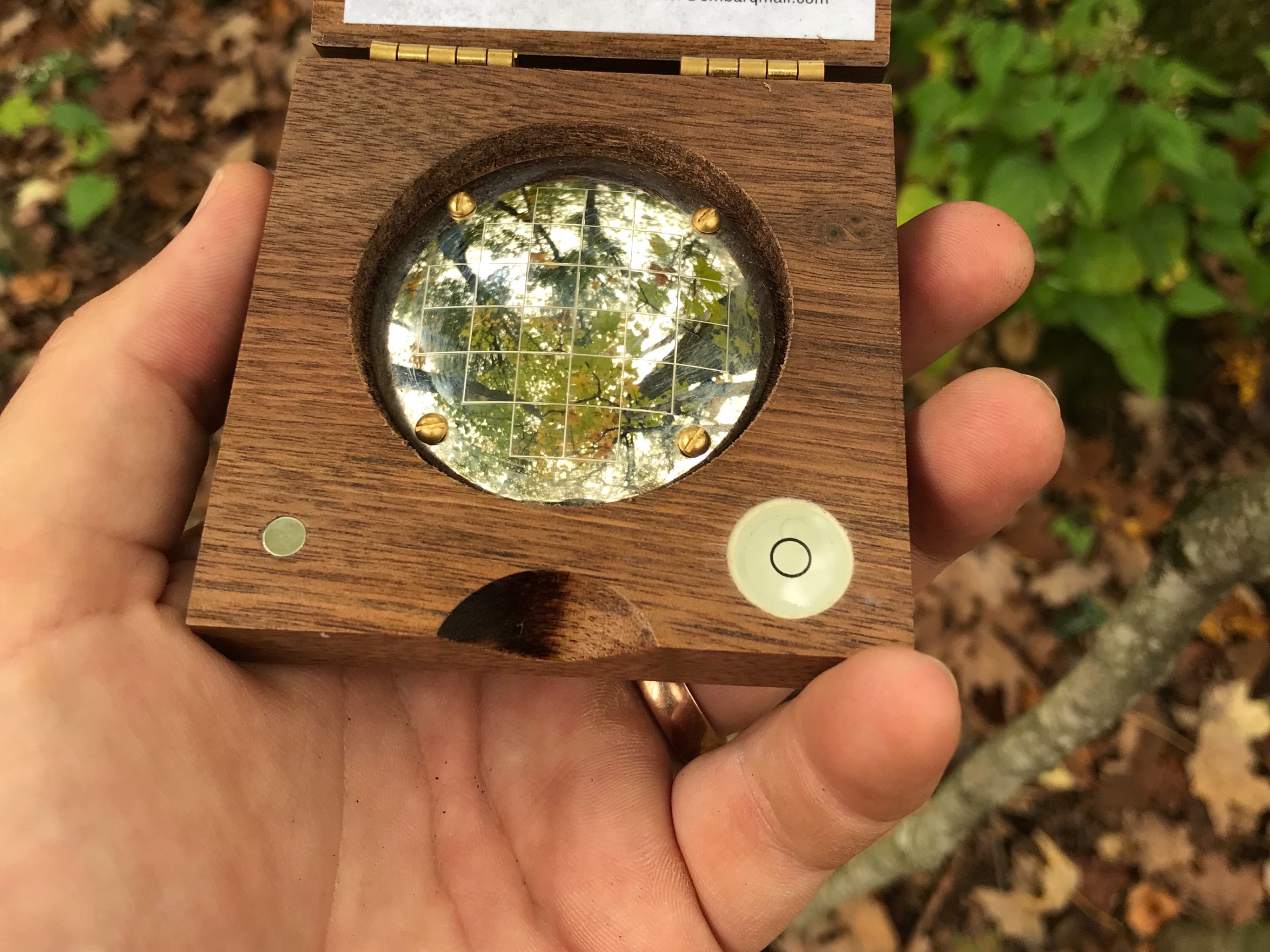Foresters for the Birds: Starting work at Elm Hill
Habitat management work at Elm Hill Wildlife Sanctuary is underway! Elm Hill is our demonstration site for our Forestry for the Birds program, which we’re using to exhibit techniques for improving bird habitat with sustainable forestry. Invasive plant removal has begun, and forestry operations will commence in a few short months. Following years of fundraising, […]



